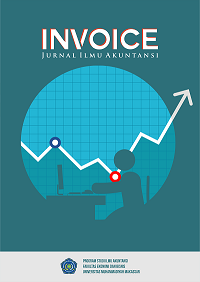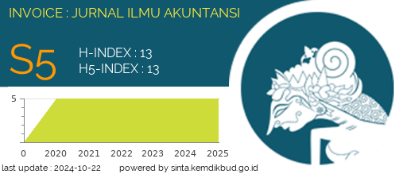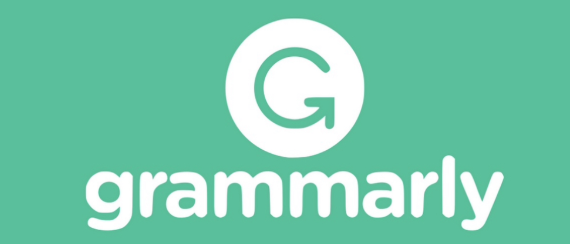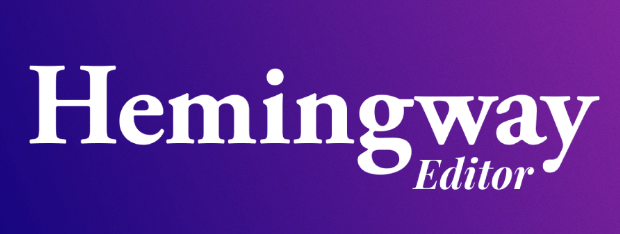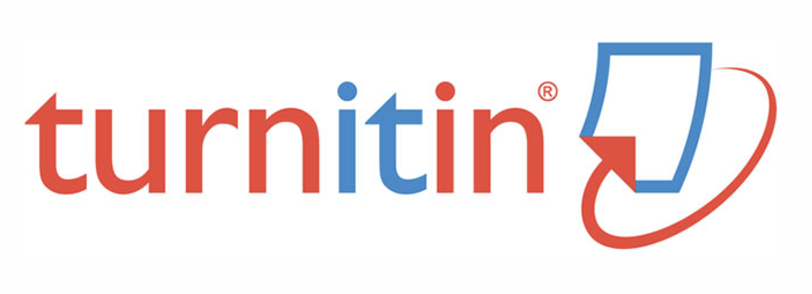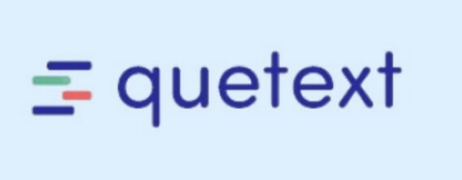The Effect of Current Ratio and Debt to Asset Ratio on Net Profit Margin at PT Hutama Karya (Persero)
DOI: https://doi.org/10.26618/qzkd8643
Abstract
This study investigates the effect of the Current Ratio (CR) and Debt to Asset Ratio (DAR) on the Net Profit Margin (NPM) of PT Hutama Karya (Persero), a state-owned enterprise in Indonesia’s construction sector. Employing a quantitative associative research design, the study analyzes financial data extracted from audited annual reports covering 2014–2023. The variables examined include current assets, total liabilities, and net income after tax. Purposive sampling was applied to ensure the selection of relevant and complete data, while data analysis was conducted using SPSS software with a 5% significance level. The results reveal that CR and DAR, individually, do not significantly influence NPM. Furthermore, simultaneous testing confirms that both ratios collectively have no significant impact on profitability. The findings suggest that short-term liquidity and leverage are not primary determinants of net profit performance in PT Hutama Karya (Persero) during the observed period. This outcome may be attributed to the company’s long-term project investments, government-backed financing schemes, and operational strategies that prioritize large-scale infrastructure development over liquidity optimization. The study highlights the need for management to focus on operational efficiency, cost control, and effective project execution to enhance profitability. For future research, it is recommended to examine additional financial and operational variables, such as Return on Equity (ROE), Debt to Equity Ratio (DER), and Working Capital Turnover (WCT), to provide a more comprehensive understanding of profitability determinants in state-owned construction enterprises. These insights contribute to both academic literature on financial performance and practical decision-making in managing complex SOEs engaged in strategic national projects.
References
Anisa, E. F., & Kharisma, I. (2024). The effect of Current Ratio (CR) and Debt to Asset Ratio (DAR) on Net Profit Margin (NPM) at PT Nippon Indosari Corpindo Tbk for the 2012–2023 period. Jurnal KONSISTEN, 1(3), 101–111.
Ardianti, R. N., & Suryanto, W. (2024). The effect of Current Ratio and Debt to Asset Ratio on Net Profit Margin at Bank BRI Syariah Indonesia for the 2012–2022 period. JURIHUM: Jurnal Inovasi dan Humaniora, 1(5), 754–763.
Fahmi, I. (2018). Introduction to financial management. Alfabeta.
Farhanudin, M., & Wartono, T. (2025). The effect of Current Ratio (CR) and Debt to Asset Ratio (DAR) on Net Profit Margin (NPM) at PT Astra International Tbk for the 2014–2023 period. JORAPI: Journal of Research and Publication Innovation, 3(1), 311–321.
Ghozali, I. (2021). Application of multivariate analysis with IBM SPSS 26 program (10th ed.). Diponegoro University Publisher.
Hery. (2016). Financial statement analysis – Integrated and comprehensive. PT Grasindo.
Kasmir. (2019). Financial statement analysis. Alfabeta.
Kundiman, A., & Hakim, L. (2016). The influence of Current Ratio, Debt to Equity Ratio, Return on Assets, and Return on Equity on stock prices in LQ45 Index companies listed on IDX for the 2010–2014 period. Among Makarti, 9(18), 80–98.
Lumbantobing, S. P., Adwimurti, Y., & Selfiani. (2023). The effect of Current Ratio, Debt to Asset Ratio, and Total Asset Turnover on Net Profit Margin. JAKPI: Journal of Accounting, Finance, Tax, and Information, 3(2), 16–34.
Ningsih, S. R., & Utiyati, S. (2020). The effect of Current Ratio, Debt to Asset Ratio, and Net Profit Margin on profit growth. Jurnal Ilmu dan Riset Manajemen, 9(6), 1–15.
Oktarina, R., & Faisal. (2024). The influence of Current Ratio and Debt to Asset Ratio on Net Profit Margin at PT Unilever Indonesia Tbk for the 2014–2023 period. Neraca Manajemen, Ekonomi, 7(6), 1–10.
Pratiwi, E., & Nugroho, R. D. (2025). The effect of Current Ratio and Debt to Asset Ratio on Net Profit Margin at PT United Tractors Tbk for the 2012–2023 period. Kampus Akademik Publishing: Journal of Academic Economics and Management, 2(1), 319–329.
Presnadi, A. D., & Sari, W. I. (2024). The effect of Current Ratio (CR) and Debt to Asset Ratio (DAR) on Net Profit Margin (NPM) at PT Ultrajaya Milk Industry & Trading Company Tbk for the 2013–2022 period. Jurnal AKTIVITAS, 2(1), 1–17.
Priyanto, S., & Fauziyah, S. (2023). The effect of Current Ratio, Debt to Asset Ratio, Net Profit Margin, and Total Asset Turnover on stock prices. Jurnal Penelitian Manajemen dan Inovasi Riset, 1(4), 143–159.
Rahim, D. R. F., Monoarfa, R., & Pakaya, L. (2023). The influence of ratios on stock prices in food and beverage companies listed on IDX for the 2017–2021 period. SEIKO: Journal of Management & Business, 6(2), 441–451.
Sa’adah, L., Soedarman, M., & Al Falah, Y. H. (2022). The influence of Current Ratio, Debt to Asset Ratio, and Net Profit Margin on profit growth in food and beverage companies during 2019–2020. Jurnal Analisa Akuntansi dan Perpajakan, 6(1), 14–21.
Safrani, & Alwi. (2021). The effect of Current Ratio and Debt to Total Asset Ratio on Net Profit Margin at PT Unilever Indonesia Tbk. MOTIVASI: Jurnal Manajemen dan Bisnis, 6(2), 126–133.
Stema, S. M. (2019). The influence of Current Ratio, Debt to Equity Ratio, and Total Assets Turnover on Net Profit Margin in cosmetic companies listed on IDX (2013–2017). Science of Management and Students Research Journal, 1(3), 81–90.
Sugiyono. (2019). Educational research methods: Quantitative, qualitative, and R&D approaches. Alfabeta.
Wati, U. A., & Pasaribu, V. L. D. (2022). The effect of Current Ratio and Debt to Asset Ratio on Net Profit Margin at PT Indocement Tunggal Prakarsa Tbk for the 2012–2021 period. POINT: Journal of Economics and Management, 4(2), 1–15.
Wihardja, H., & Arif, R. (2024). The influence of Current Ratio, Debt to Asset Ratio, and Total Asset Turnover on Net Profit Margin (Empirical study on retail sub-sector companies listed on the Indonesia Stock Exchange for the 2019–2022 period). MENAWAN: Journal of Economic Research and Publication, 2(5), 155–176.
Wulandari, I., & Nofiana, L. (2024). The influence of Current Ratio and Debt to Asset Ratio on Net Profit Margin at PT Adhi Karya Tbk for the 2013–2022 period. JORAPI: Journal of Research and Publication Innovation, 4(2), 1–15.
Zaelani, R. (2024). The effect of Current Ratio, Debt to Asset Ratio, and Net Profit Margin on profit growth in manufacturing companies listed on the Indonesia Stock Exchange for the 2017–2021 period. Pelita: Journal of Research and Scientific Works, 24(1), 48–60.
Downloads
Published
Issue
Section
License
Authors who publish with Invoice: Jurnal Ilmu Akuntansi agree to the following terms:
-
Copyright Ownership
The copyright of all articles published in this journal remains with the author(s). However, the authors grant Invoice: Jurnal Ilmu Akuntansi the right of first publication with the work simultaneously licensed under a Creative Commons Attribution 4.0 International License (CC BY 4.0). This license allows others to share, copy, redistribute, adapt, and build upon the work for any purpose, even commercially, as long as proper credit is given to the original author(s) and the source. -
Licensing and Access
Invoice: Jurnal Ilmu Akuntansi provides immediate open access to its content on the principle that making research freely available to the public supports a greater global exchange of knowledge. All published materials are available freely without subscription or payment and can be accessed, downloaded, and reused by any user provided that appropriate attribution is given. -
Permission for Reuse
For uses not covered by the CC BY 4.0 license, such as commercial reprints, translations, or any form of adaptation without clear attribution, users must obtain written permission from the editorial team. Requests for such permissions can be directed to the editorial office at: [invoice@unismuh.ac.id]. -
Plagiarism and Originality
Authors are responsible for the originality of their submissions. All articles are screened for plagiarism using appropriate tools before acceptance. Manuscripts found to contain unoriginal content or infringing materials will be rejected or retracted as per journal policy.

